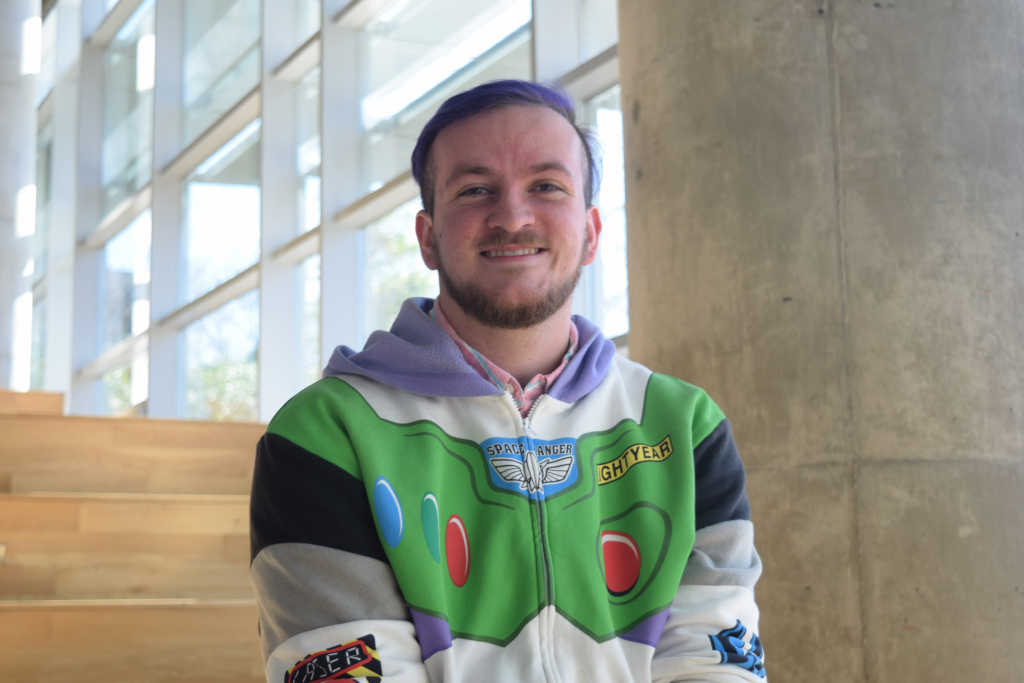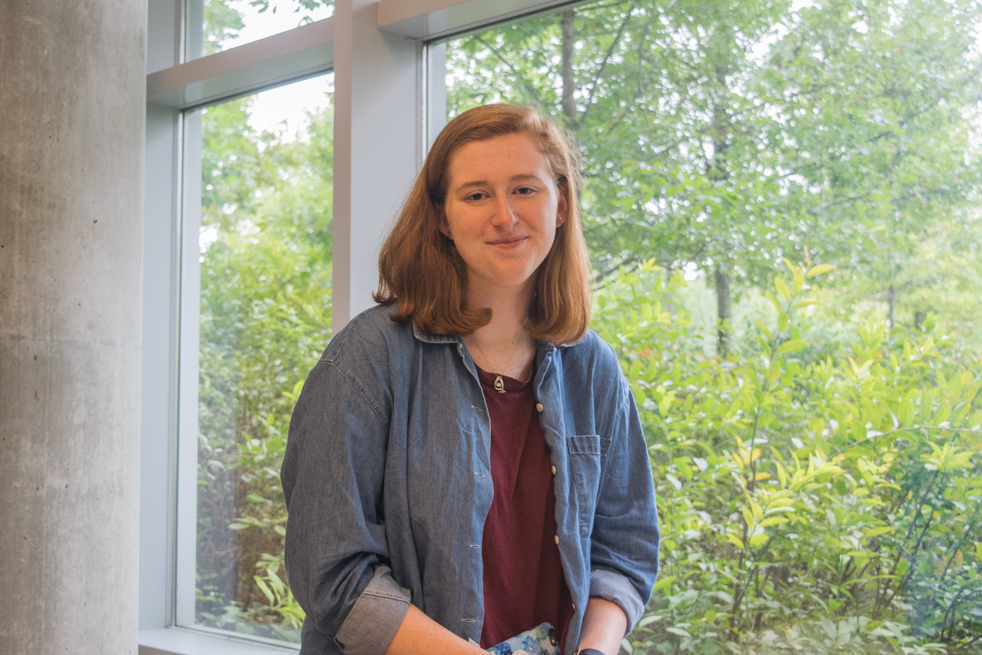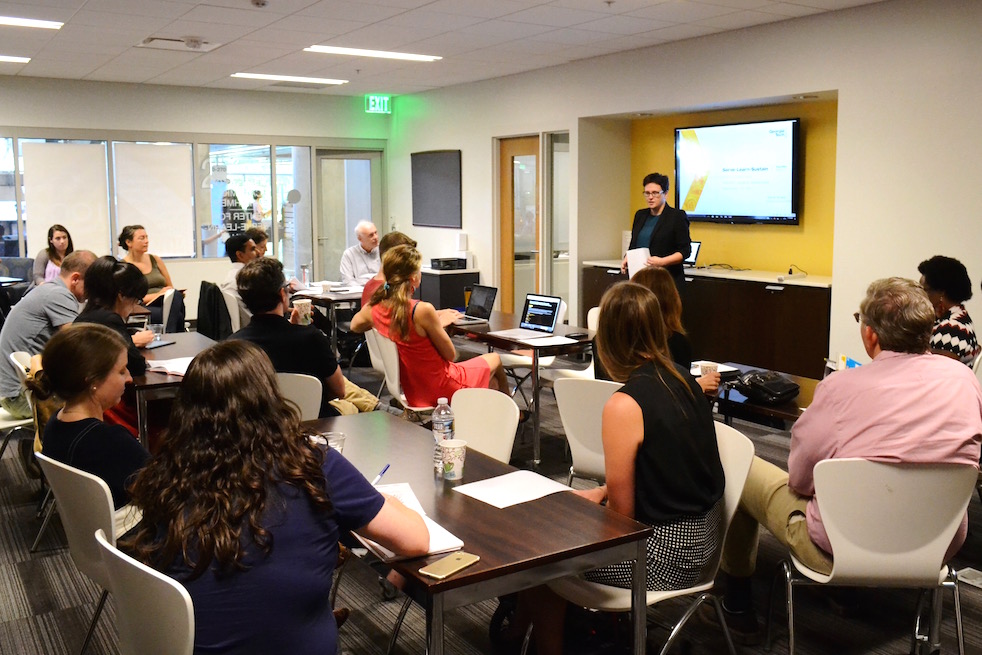
After what seemed like almost too long to wait, “Stranger Things” is back and graces Netflix once again with spooky homage-filled goodness. All nine episodes of its second series were released on Oct. 27.
The majority of the ensemble cast returns; the only primary characters from the first series
not making an appearance are those who were killed off in the first season.
Winona Ryder (“Edward Scissorhands”) and David Harbour (“Suicide Squad”) reprise their roles as family matriarch Joyce Byers and Hawkins Police Chief Jim Hopper. The show now finds Joyce in a relationship with former high school classmate Bob Newby, played by Sean Astin, (“Lord of the Rings”).
Finn Wolfhard (“It”) also returns as Mike Wheeler. The series begins with him fruitlessly searching the airwaves for any sign of Eleven. As the audience later finds out, she is not quite as done for as the end of the first series had led to believe.
Millie Bobby Brown (“Intruders”) plays the telekinetic Hawkins Lab escapee, who has been living in the middle of the woods with Hopper, ostensibly to avoid detection by Hawkins Lab officials.
Their back-and-forth is generally relatable and enjoyable. The backstory of how they connected and entered into their living arrangements — told through flashback — is quite well done.
Two prominent new characters make their debut in Hawkins fairly early on: “Mad” Max Mayfield (Sadie Sink, “The Glass Castle”) and her older step-brother Billy Hargrove (Dacre Montgomery, “Power Rangers”).
However, neither character’s purpose is immediately apparent, leaving the viewer with a sense that both of them were only distractions from the action. Max’s inclusion seems to be solely as a love interest as well as a point of conflict for members of the original gang from the first season.
The character of Billy has even less purpose; his primary responsibilities throughout the season are unnecessarily berating his step-sister and checking himself out, Buffalo Bill-style.
His conflict with Max might have worked if viewers already were invested in Max from the previous season. As is, the subplot falls rather flat, yet perhaps there was no grand design ever planned out for the character.
A simple explanation for Billy lies in the character of Henry Bowers from Stephen King’s
“It.” He could have been intended as an homage to the simple-but-evil baddie.
The Steve Harrington (Joe Keery, “Molly’s Game”) arc is another minor annoyance. While the character is much more likable this season, his rapid transition from the douchebaggery exhibited last season to being a fiercely protective and loyal guardian baby-sitter is a bit much to swallow.
However, Steve’s partnership with and mentoring of Dustin Henderson (Gaten Matarazzo) makes all of this worth it. Steve’s final scene, in which he drops off Dustin at the Snow Ball, is wonderful. In fact, the entirety of the Snow Ball at the end of the last episode is a cheesy and delicious payoff; this soft landing of the series plays marvelously.
The lowest point of the series is Eleven’s episode-long detour to visit her “sister,” Kali (Linnea Berthelsen, “Natskygge”). Although Kali’s powers are pretty cool, they cannot make up for putting the overarching story on hold. Eleven is not even able to get any kind of sense of happiness from connecting with her sister, as they end things on a bad note.
Yet, with all things considered, the weight of this season is greatly felt. The stakes are much higher, as the dark powers at play this time around are coordinated and out to do damage on a large scale. The set pieces were impressive as well. The “Shadow Monster” or “Mind Flayer” absolutely dominated the screen every time it made
an appearance.
Eleven’s powers this season are more impressive than before, and the sometimes-nonchalant, sometimes-passionate way she wields them deepens the character. Nancy Wheeler (Nancy Wheeler, “Hannah Montana: The Movie”)getting a good deal of screen time is certainly welcome as well. As with last season, Dyer knocks it out of the park with her conflicted and dynamic performance. The returning characters’ performances are strong as well, with the stand out being that of Will Byers, whose performance is handled by Noah Schnapp (“Bridge of Spies”). That a 13 year-old can muster such a range of emotion, from utterly terrified to demonically enraged, is astounding.
The overriding concern for future seasons will be surpassing the level of craziness again. Trepidation lies solely with the necessity of raising the bar even higher.









